Improving sound insulation between rooms can be a challenging task for homeowners. It can be frustrating to hear unwanted noise from adjacent rooms, especially when trying to relax or concentrate. Fortunately, there are several ways to improve sound insulation and reduce noise transmission between rooms.
One effective way to reduce noise transfer between rooms is to use sound-absorbing materials. Certain types of insulation, such as fiberglass and cellulose, can help absorb sound waves and prevent them from traveling through walls. Installing acoustic foam panels on walls and ceilings can also help absorb sound and reduce noise transmission. Additionally, using heavy curtains or drapes can help absorb sound and reduce noise transmission through windows.
Another way to improve sound insulation between rooms is to use sound-blocking materials. These materials are designed to prevent sound waves from passing through walls and other surfaces. One example of a sound-blocking material is mass-loaded vinyl, which can be installed on walls and ceilings to block noise. Another option is to use soundproof drywall, which is designed to reduce noise transmission between rooms. By using a combination of sound-absorbing and sound-blocking materials, homeowners can significantly improve sound insulation between rooms and enjoy a quieter, more peaceful home.

Page Contents
Understanding Sound and Noise
When it comes to soundproofing a room, it’s important to understand the basics of sound and noise. Sound is a physical phenomenon that travels through the air as waves of pressure. These waves have different frequencies, which determine the pitch of the sound. The human ear can detect frequencies between 20 and 20,000 Hz.
Noise is simply unwanted sound. It can be caused by a variety of sources, including traffic, loud music, and loud speech. The volume of noise is measured in decibels (dB). A typical conversation is around 60 dB, while a rock concert can reach 120 dB.
One of the challenges of soundproofing is dealing with echoes and reverberations. Echoes occur when sound waves bounce off hard surfaces, such as walls and ceilings, and return to the listener. Reverberations are similar, but they involve multiple reflections of sound waves.
To reduce the impact of echoes and reverberations, sound-absorbing materials can be used. These materials absorb sound waves and prevent them from bouncing around the room. Common sound-absorbing materials include acoustic foam, fiberglass insulation, and mineral wool.
Another important factor to consider is the transmission of sound through walls and ceilings. Sound can travel through solid materials, such as drywall, and can be amplified by air gaps. To reduce the transmission of sound, it’s important to use materials that are designed to block sound waves. This can include materials like mass-loaded vinyl, soundproof drywall, and acoustic insulation.
Overall, understanding the basics of sound and noise is essential when it comes to soundproofing a room. By using the right materials and techniques, it’s possible to create a space that is free from unwanted noise and echoes.
Principles of Sound Insulation
Sound insulation is the process of reducing sound transmission between two spaces. This can be achieved by using sound-absorbing materials, increasing the mass of the separating wall, and creating an air gap between the two spaces.
When sound travels through a wall, it can do so by two methods: airborne sound and impact sound. Airborne sound is sound that travels through the air, while impact sound is sound that travels through the structure of the building, such as footsteps or banging on a wall.
To reduce airborne sound transmission, materials that absorb sound waves can be used. These materials can be installed in the wall cavity or on the surface of the wall. Examples of sound-absorbing materials include mineral wool, fiberglass, and acoustic foam.
To reduce impact sound transmission, it is important to use materials that can absorb the vibrations caused by impact. This can be achieved by using resilient channels, which are metal strips that are attached to the studs of the wall and allow for a small air gap between the wall and the studs.
Another important factor in sound insulation is the mass of the separating wall. The heavier the wall, the more difficult it is for sound to transmit through it. Materials such as concrete, brick, or solid wood are effective at reducing sound transmission.
Creating an air gap between the two spaces can also help to reduce sound transmission. This air gap acts as a buffer zone, preventing sound waves from easily transmitting through the wall.
In summary, to improve sound insulation between rooms, it is important to consider the principles of sound insulation. This includes using sound-absorbing materials, increasing the mass of the separating wall, and creating an air gap between the two spaces. By implementing these principles, it is possible to reduce both airborne and impact sound transmission, creating a more comfortable and peaceful living environment.
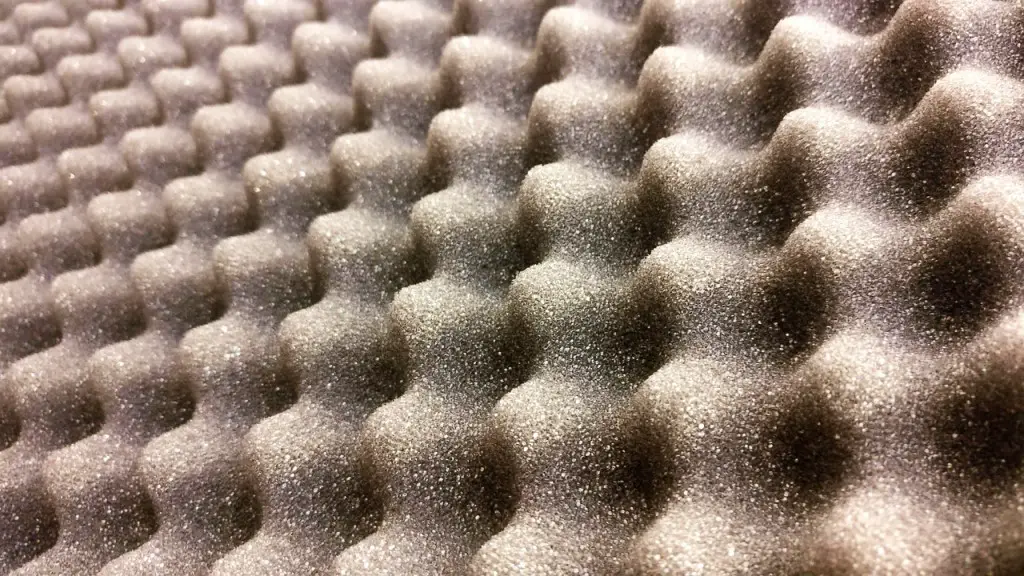
Types of Soundproofing Materials
When it comes to soundproofing a room, there are various materials that can be used. The choice of material depends on the level of soundproofing required, the budget, and the type of room. Here are some common types of soundproofing materials:
Acoustic Foam
Acoustic foam is a popular choice for soundproofing a room. It is made of polyurethane foam and is designed to absorb sound waves. Acoustic foam comes in different shapes and sizes, such as egg crate foam and wedge foam. It is easy to install and can be used on walls, ceilings, and floors.
Fiberglass Insulation
Fiberglass insulation is another popular choice for soundproofing. It is made of glass fibers and is designed to trap sound waves. Fiberglass insulation is available in batts and rolls and can be installed in walls, ceilings, and floors. It is affordable and easy to install, but it can be itchy and messy.
Cellulose Insulation
Cellulose insulation is made of recycled paper and is designed to absorb sound waves. It is available in loose-fill and blown-in forms and can be installed in walls, ceilings, and floors. Cellulose insulation is eco-friendly and affordable, but it can settle over time and lose its effectiveness.
Resilient Channels
Resilient channels are metal channels that are designed to reduce sound transmission through walls and ceilings. They are installed between the drywall and the framing and help to decouple the drywall from the framing. Resilient channels are affordable and easy to install, but they can reduce the amount of space in the room.
Mass Loaded Vinyl
Mass loaded vinyl is a heavy vinyl sheet that is designed to block sound transmission. It is available in rolls and can be installed on walls, ceilings, and floors. Mass loaded vinyl is effective at reducing sound transmission, but it is expensive and difficult to install.
Green Glue
Green Glue is a viscoelastic compound that is designed to reduce sound transmission through walls and ceilings. It is applied between two layers of drywall and helps to dampen sound vibrations. Green Glue is effective and easy to install, but it can be messy and requires a special dispenser.
Egg Crate Foam
Egg crate foam is a type of acoustic foam that is shaped like an egg crate. It is designed to absorb sound waves and is commonly used in recording studios and home theaters. Egg crate foam is affordable and easy to install, but it is not as effective as other types of acoustic foam.
Plywood
Plywood is a type of wood that is commonly used in construction. It can also be used as a soundproofing material when installed in multiple layers. Plywood is affordable and easy to install, but it is not as effective as other types of soundproofing materials.
Overall, there are many types of soundproofing materials available, each with its own advantages and disadvantages. The choice of material depends on the specific needs of the room and the budget.
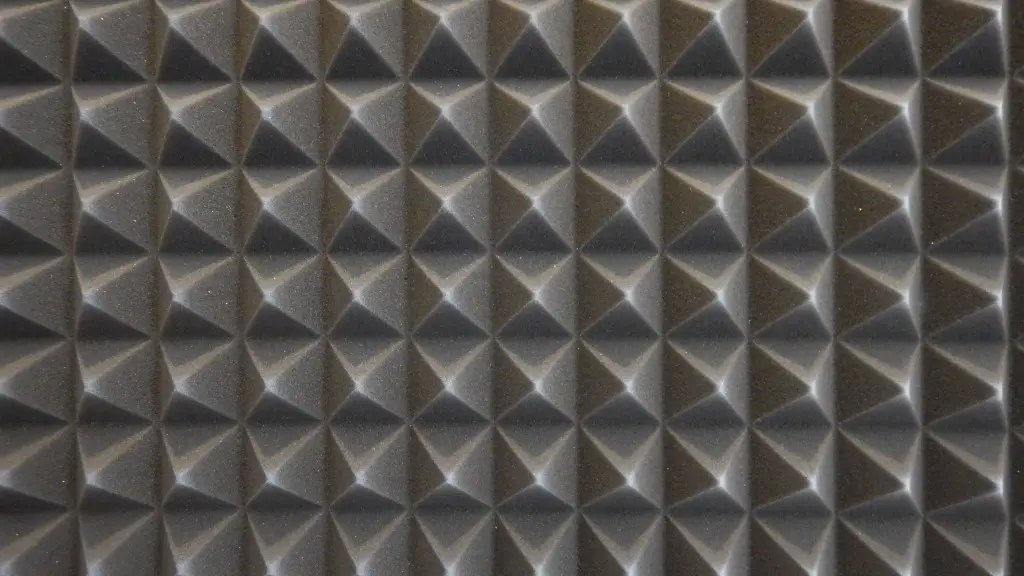
Soundproofing Walls and Ceilings
One of the most effective ways to improve sound insulation between rooms is by soundproofing walls and ceilings. This involves adding materials that absorb or block sound waves from traveling between rooms.
Walls
When it comes to soundproofing interior walls, one of the most common methods is to add insulation to the wall cavity. This can be done by removing the drywall and adding insulation to the space between the studs. Another option is to use acoustic panels or foam, which can be attached directly to the wall.
For exterior walls, soundproofing can be more challenging. One option is to add a layer of mass-loaded vinyl to the wall. This material is heavy and dense, which helps to block sound waves. Another option is to use soundproof drywall or a soundproofing membrane, which can be installed over existing drywall.
Ceilings
High ceilings can be a challenge when it comes to soundproofing. One option is to install a drop ceiling, which involves adding a suspended ceiling below the existing one. This creates a gap between the two ceilings, which can be filled with insulation or acoustic panels.
Another option is to use soundproofing materials on the existing ceiling. This can be done by adding mass-loaded vinyl or a soundproofing membrane to the ceiling. Acoustic panels or foam can also be attached to the ceiling to absorb sound waves.
In summary, soundproofing walls and ceilings can greatly improve sound insulation between rooms. There are a variety of materials and methods available, depending on the type of wall or ceiling being soundproofed. Adding insulation, using acoustic panels or foam, or installing mass-loaded vinyl or a soundproofing membrane are all effective options.
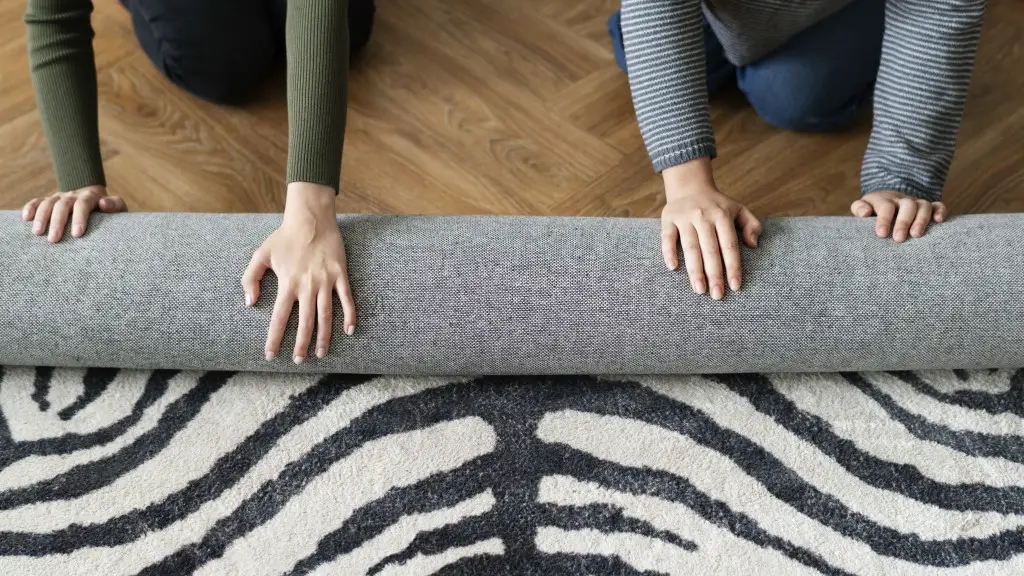
Soundproofing Floors and Doors
When it comes to soundproofing a room, floors and doors are two key areas that need attention. Sound can easily travel through these areas, but there are several ways to improve the sound insulation between rooms.
Floors
One effective way to soundproof a floor is to use carpet or carpeting. The thickness and density of the carpet can make a big difference in reducing sound transmission. Additionally, using an underlay or underlayment beneath the carpet can further improve sound insulation.
Another option is to use soundproof floor underlayment, which is designed specifically for reducing noise transmission. This type of underlayment is typically made from materials like rubber or cork and can be installed beneath hardwood or tile flooring.
For those who don’t want to replace their flooring, using floor joist insulators can also help reduce sound transmission. These insulators are installed between the floor joists and can be effective in reducing noise.
Doors
Hollow-core doors are notorious for allowing sound to travel through them. Upgrading to solid-core doors can greatly improve sound insulation. Additionally, installing a door sweep at the bottom of the door can help seal any gaps and further reduce sound transmission.
Another option is to install a soundproof door. These doors are designed with materials that are specifically chosen for their sound insulation properties. While they can be more expensive than traditional doors, they can provide significant improvements in sound insulation.
In conclusion, soundproofing floors and doors can greatly improve the sound insulation between rooms. Using carpet or soundproof floor underlayment for floors and upgrading to solid-core doors or installing a soundproof door for doors are effective ways to reduce noise transmission.
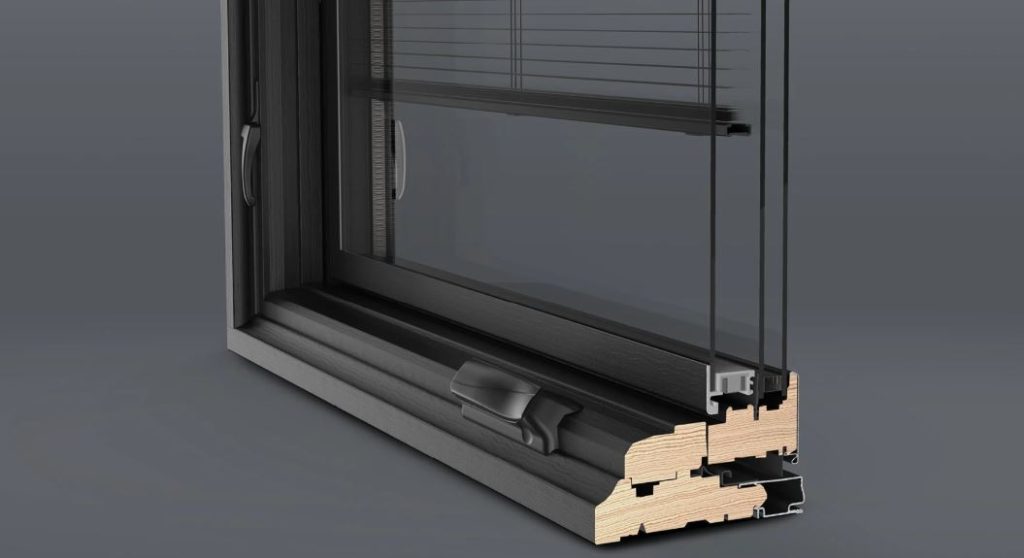
Windows and Ducts Soundproofing
When it comes to soundproofing a room, windows and ducts are two areas that require special attention.
Soundproofing Windows
Windows are a common source of noise infiltration in a room. To reduce outside noise, it is recommended to use soundproof windows or window inserts. These products are designed to block noise while still allowing natural light to enter the room.
Another option is to use noise-cancelling curtains or drapes made of thick fabric. These curtains absorb sound and reduce outside noise. To maximize their effectiveness, it is important to ensure that the curtains or drapes cover the entire window and extend beyond the frame.
Weatherstripping is also an effective way to reduce noise. It is a material that seals gaps around the window frame, preventing noise from entering the room. Weatherstripping can be installed on both the interior and exterior of the window frame.
Soundproofing Ducts
Ducts are another area where sound can easily travel between rooms. To soundproof ducts, it is recommended to use soundproofing materials such as acoustic insulation foam. This material helps to cut down on echoes inside the ducts and reduces noise.
Another way to soundproof ducts is to cover unused vents. This helps to dampen sound and prevent noise from traveling to other rooms.
In addition to soundproofing, it is important to ensure that ducts are properly sealed. Leaky ducts can allow noise to enter the room, so sealing them can help to reduce noise levels.
Overall, soundproofing windows and ducts can go a long way in reducing noise levels between rooms. By using soundproofing materials and sealing gaps, it is possible to create a more peaceful and quiet environment.

Soundproofing Techniques
When it comes to soundproofing a room, there are several techniques that can be used to reduce the amount of sound that passes through walls, doors, and windows. The most effective soundproofing techniques involve creating a barrier between the two rooms, which can be done by adding mass, damping, or decoupling.
Adding Mass
One of the most effective ways to soundproof a room is to add mass to the walls. This can be done by installing additional layers of drywall or mass loaded vinyl (MLV). The more mass a wall has, the more difficult it is for sound to pass through it. Additionally, adding insulation to the walls can help to absorb sound and reduce sound transmission.
Damping
Another technique for soundproofing a room is damping. This involves adding materials that absorb sound energy, such as acoustic foam or fiberglass insulation. These materials help to reduce the amount of sound that bounces around the room and can be particularly effective in reducing high-frequency sounds.
Decoupling
Decoupling is another technique that can be used to soundproof a room. This involves creating a gap or space between two walls, which helps to prevent sound from passing through. This can be done by installing resilient channels or sound clips between the two walls. Decoupling is particularly effective in reducing low-frequency sounds.
Sound Transmission Class (STC) Rating
When soundproofing a room, it’s important to consider the Sound Transmission Class (STC) rating of the materials being used. The STC rating is a measure of how well a material can block sound. The higher the STC rating, the better the material is at blocking sound. For example, a standard interior wall has an STC rating of around 30, while a soundproof wall can have an STC rating of 60 or higher.
Noise Reduction Coefficient (NRC) Rating
Another rating to consider when soundproofing a room is the Noise Reduction Coefficient (NRC) rating. The NRC rating measures how well a material can absorb sound. The higher the NRC rating, the better the material is at absorbing sound. For example, acoustic foam typically has an NRC rating of around 0.8, while fiberglass insulation can have an NRC rating of 1.0.
R-Value
Finally, it’s important to consider the R-value of any insulation being used in the walls. The R-value measures how well a material can resist heat transfer. While this may not seem directly related to soundproofing, insulation with a higher R-value can help to reduce the amount of sound that passes through the walls.
Overall, there are several soundproofing techniques that can be used to reduce the amount of sound that passes through walls, doors, and windows. By adding mass, damping, or decoupling, and considering the STC rating, NRC rating, and R-value of the materials being used, it’s possible to create a quieter and more peaceful living environment.
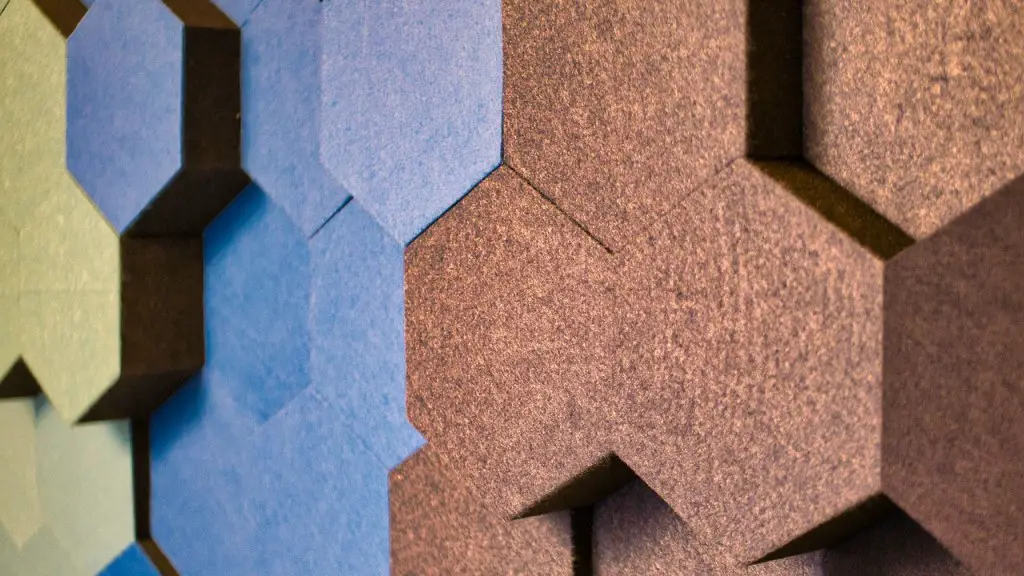
Additional Soundproofing Tips
In addition to the techniques mentioned earlier, there are several other tips that can be used to improve sound insulation between rooms. These tips are easy to implement and can make a significant difference in reducing noise transmission.
Absorb Sound with Soft Furnishings
Soft furnishings such as curtains, rugs, and tapestry can help absorb sound and reduce echo in a room. Soundproof curtains are also available that are specifically designed to absorb sound and reduce noise transmission. These curtains are made of dense materials that are effective in blocking sound waves.
Seal Gaps with Caulk or Sealant
Gaps around doors, windows, and electrical outlets can allow sound to travel through. Sealing these gaps with caulk or sealant can help reduce noise transmission. Acoustic sealant is a type of sealant that is specifically designed to reduce noise transmission.
Add Plants to the Room
Plants can help absorb sound and reduce noise transmission. They also provide a natural and aesthetically pleasing way to improve the acoustics of a room.
Use Hardware Store Materials
Hardware stores offer a variety of materials that can be used to improve sound insulation between rooms. Mass loaded vinyl, for example, is a dense material that can be used to block sound waves. Acoustic foam panels are also available that can help absorb sound and reduce echo in a room.
Consider Home Theater Cooling and Heating
Cooling and heating systems can be a source of noise in a home theater. Choosing a quiet cooling and heating system can help reduce noise transmission and improve the overall sound quality in the room.
Consider Traffic and Flight Path
If the room is located near a busy street or flight path, noise transmission can be a problem. Installing double-paned windows can help reduce noise transmission from outside.
In conclusion, these additional tips can help improve sound insulation between rooms and reduce noise transmission. By implementing these tips, one can create a more peaceful and quiet environment in the home.
Frequently Asked Questions
What is the most effective way to improve sound insulation between rooms?
The most effective way to improve sound insulation between rooms is to install sound-absorbing materials in the walls. One option is to use acoustic insulation such as ROCKWOOL SAFE’n’SOUND, which can help reduce airborne noises and insulate your space for the long term without seeing a decrease in performance. Another option is to fill the wall cavity completely with a sustainable insulation material, which can act as a muffler against unwanted noise. However, it is important to note that completely soundproofing a room is difficult, and some noise may still be heard.
How can I soundproof a room for recording without damaging the walls?
One affordable option for soundproofing a room for recording without damaging the walls is to use soundproof curtains or blankets. These can be hung on the walls and can help absorb sound and reduce transfer. Another option is to use acoustic foam panels, which can be attached to the walls using adhesive strips or hooks. These panels are designed to absorb sound and reduce echo, making them ideal for recording studios and home theaters.
What are some affordable options for improving sound insulation between rooms?
There are several affordable options for improving sound insulation between rooms. One option is to install weatherstripping around doors and windows, which can help reduce noise transfer. Another option is to use acoustic caulk to seal gaps and cracks in walls and ceilings, which can help prevent sound from leaking through. Additionally, adding rugs or carpeting to floors can help absorb sound and reduce noise transfer between rooms.
